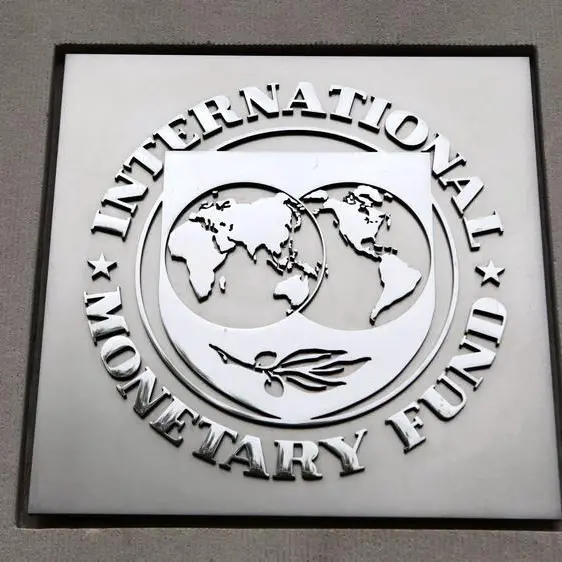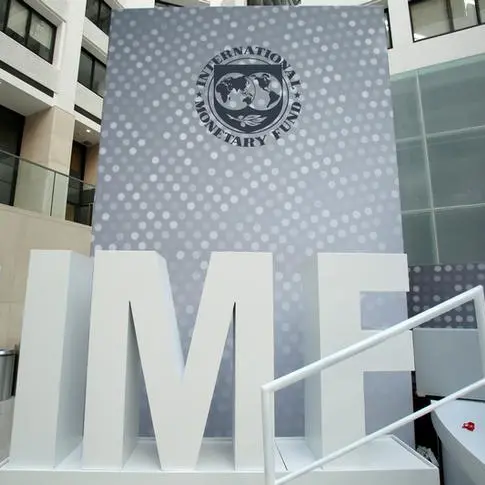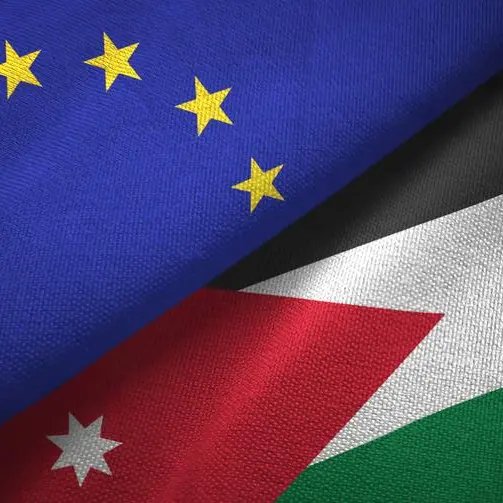Around the world, central banks are turning on their monetary policy life support in the hopes of staving off a global recession, but is it enough?
Experience tells us that monetary easing can support investor sentiment and thereby prevent panic in the markets. It can also lift some of the financial burden from companies struggling to service debt because borrowing costs are lower.
After all, in the worst case, panicking investors can lead to extreme volatility from rapid sell-offs in the asset markets. Collapsing asset prices can lead to bank loan defaults and even sovereign debt defaults.
So in the pursuit of price stability, the reassuring sound of central banks sliding open their reserve vaults can go a long way to preventing a see-saw price effect from destabilizing the markets.
To repeat the question though, is it enough to prevent a global recession?
If the governments involved in Brexit and the US-China trade disputes do not do the work needed to revive global growth, monetary easing may only serve to lull investors into a false sense of security.
Settling the world’s major trade disputes in Europe, Asia and the United States is the only way to get the trading engine working again. Monetary easing can only be a short-term solution or it becomes a long-term financial burden as we see from the 2008 financial crisis.
To put it into perspective and understand how extensively a damaged trading system affects economies, imagine if the same tax blocks and legal issues in the ongoing trade disputes were imposed on the banking and financial system.
Money would cease circulating between banks, debts would go unpaid, companies and then economies would go under. Nobody would want that. And yet, in effect, a blocked financial system is not so far away if the rusting process spreads to it from the trading system.
The UK, Germany, Italy are three huge risks to global growth. And the countries where growth is slowing or mixed? Japan, China and the US.
But before you say the above is alarmist, here’s what the IMF has to say about global debt. Global debt reached a record $184 trillion in 2017 and the richer countries like the US, China and Japan are the most indebted.
The record amount of debt comes at a time when there are trade disputes undermining the ability of governments to coordinate measures for recovery. This makes for a high-risk economic environment overall, although it is encouraging that the US and China have taken the first steps towards a lasting agreement to settle their trade disputes.
In conclusion, central bank easing is only part of the answer to the question of avoiding a global recession.
In its October report on the world economy, the IMF pinpoints risks from a slowing manufacturing sector that has weakened to levels not seen since the 2008 financial crisis. At the time of writing, the IMF forecasts global growth at three percent in 2019 and 3.4 percent in 2020. The underlying causes of the problem simply have to be fixed before a sharper downturn in tariff-impacted economies makes this forecast an illusion instead of a realistic estimate.
* Any opinions expressed in this article are the author’s own
Disclaimer: This article is provided for informational purposes only. The content does not provide tax, legal or investment advice or opinion regarding the suitability, value or profitability of any particular security, portfolio or investment strategy. Read our full disclaimer policy here.
© Opinion 2019












